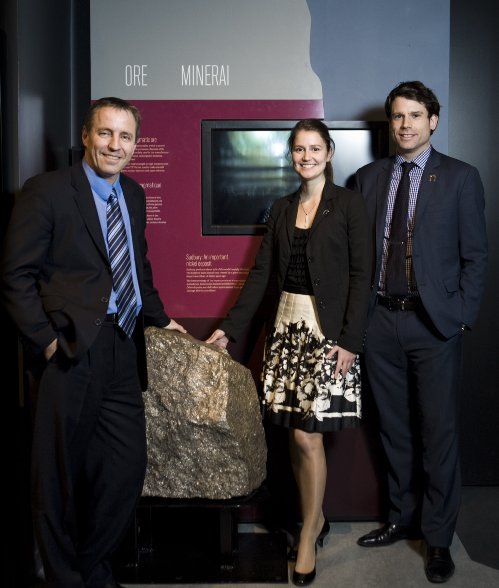Established in 1980, Northern Ontario Business provides Canadians and international investors with relevant, current and insightful editorial content and business news information about Ontario’s vibrant and resource-rich North. Ian Ross is the editor of Northern Ontario Business ianross@nob.on.ca.
Don Wing looks upon Wasaya Dowland Contracting as having a transformational effect in giving Aboriginal people the skills and confidence to tackle a looming labour shortage in the North.
With more than a dozen potential new mines poised to start development within five years, the vice-president of Dowland’s Ontario division calls the new joint venture between the Wasaya Group of companies and Dowland a “once-in-a-lifetime opportunity to change the way things are done.”
“We’re going to take that venture, we’re going to make it successful, and we’re going to change people’s lives.” Dowland Contracting appeared on the Thunder Bay scene last year when the Wasaya Group introduced the Northwest Territories-based contractor as a strategic development partner.
With 51 per cent of the limited partnership owned by Wasaya, the aim is to position itself to meet the infrastructure challenges in remote First Nation communities as resource development takes hold.
The venture is viewed as a stepping stone to train Aboriginal people in the skills required to build mines, power lines, arenas, hospitals, hotels and schools.
























